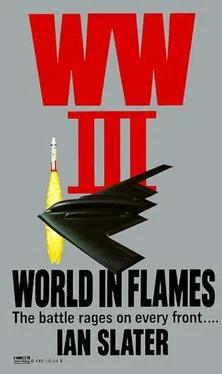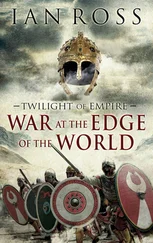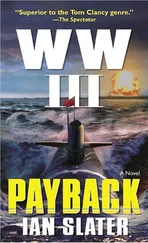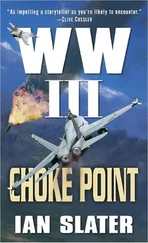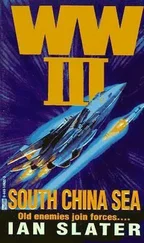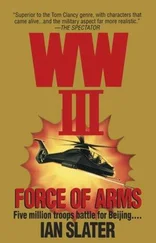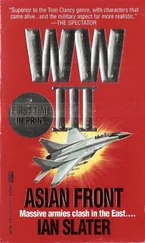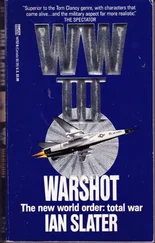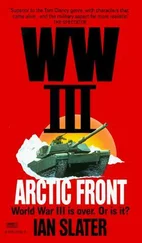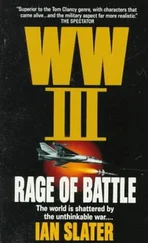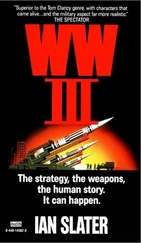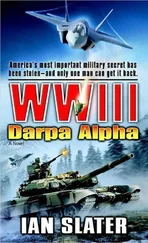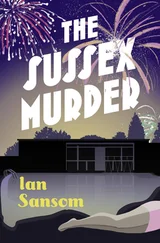“Son of a bitch, Aussie!” said Thelman. “You’ve just lost a bundle.”
“Bloody hell!” retorted the Australian. “The fix is in.”
“It is indeed,” said Major Rye, looking up at them. “As you gentlemen will appreciate, the location of this target had to be kept from you till the last moment. Now, however, the request has come and you have a full twenty-four hours to walk it through. Inch by inch.” He paused. “Any SAS target, gentlemen, is important. The very fact SAS is called in makes it so. But I can tell you quite frankly that this is the most important in our history. I have it on good authority both from 10 Downing Street and, for you American chaps, from 1600 Pennsylvania Avenue, that if we do not succeed in—” he paused “—in ‘adjourning’ a meeting which intelligence tells us is scheduled for tomorrow night, the war on the European continent will suddenly shift to chemical and possibly all-out nuclear war.”
The red-star-topped Byzantine spires were at once familiar and unfamiliar to every man in the room. While they did not know the names of all its salient features, there was no one who didn’t recognize the grim and forbidding grandeur of the Kremlin, the cluster of gold cupolas that were atop the once proud yellow brick imperial palaces and cathedrals of the czar of all the Russias, and amid them, the high, ocher-red walls that now contained the seat of Soviet power. In thirty-six hours, they were told, in the Council of Ministers Building, the Politburo and STAVKA of the Supreme Soviet would meet to put their signatures to what the KGB had already decided — to launch nerve gas attacks against the entire NATO front.
“The three troops of Sabre squadron,” explained Rye, “will be designated A for Alfa, B for Bravo, C for Charlie — each troop of sixteen subdivided into your four-man modules. Fluent Russian speakers from among the twelve-man HQ group will attach themselves to any of the troops as necessary during the operation. Lieutenant Laylor, leading A Group, will be the first out of three Hercules we’re using for the operation. Group A’s job is to establish and provide a perimeter of fire, Group B will eliminate the Politburo-STAVKA, and Group C will provide backup and detonations for retreat and for pickup, which I’ll get to in due course. One Hercules per group. Second group, B, I must emphasize again, will concern itself only with getting into the Council of Ministers and eliminating the enemy war cabinet. Those of you in this group may require more of the Russian translators than A or C, but I don’t expect there’ll be a great deal of time for conversation anyway.”
There were a few awkward grunts.
“The objective is simple. Doing it, not quite so easy.” He took the pointer. “As you can see, the Kremlin is an odd shape — five sides, none of them the same length — but we are only concerned with the northern triangular-shaped section up here.” The pointer moved to the top of the map. “This is made up of the arsenal tower at the top left of the triangle, Trinity Tower and Gate further left, to the west, Spasskaya or Savior’s Tower and Gate on the right, on the eastern side of the triangle.
“Whatever you do, try to avoid the onion-shaped domes down here south of the triangle. The domes are not your target. No reason you can’t abseil down from them, but this will consume precious time, and we estimate you’ll have twenty minutes maximum from point of landing to complete the mission.” Rye paused. “Questions so far?” Everyone’s eyes were fixed on the map as Rye waited a few seconds, then continued.
“For the last month, U.S. Second Air Force and RAF have been flying bombing missions out of our most forward airfields around Minsk, hitting Kolomna, fifty miles east of Moscow. This has diverted the mobile SAM and AA batteries away from Moscow as well as drawing off Moscow’s fighters. At the same time, we’ve been flying two or three Hercules — very high, under radar-jamming protection — dropping propaganda leaflets. Usual kind of stuff from NATO Psychological Warfare Unit, telling the Russian population at large that ‘while you are fighting the war, your leaders are living in luxury.’ The Russians already know that, of course. Personally, I think that this sort of thing is highly overrated and indeed counterproductive, but in our particular case, it does serve a very real purpose. By running these propaganda flights over the central Moscow area on a fairly regular basis, it’s caused the Russians, when their radar does manage to penetrate our jamming, to pay less and less attention to the Hercules they’re used to and instead to concentrate their mobile SAM sites and AA defense units around outlying industrial targets like the Likhachev Works that once produced Zils and are now busy turning out armor, et cetera. In any event, they’re understandably much more interested in having their expensive SAMs and AA batteries engage our bombers, not three transports that have been dropping leaflets over the last few weeks, which we’ve been using as a decoy for your drop. Even so, once you land inside the Kremlin, you’ll be up against SPETs elite guard units.”
David Brentwood suddenly looked across at the major. “We have any idea how many, sir?” he interjected.
“Three companies, we believe — in all, plus or minus three hundred men.”
“Whew! That’s all right then,” said Aussie. “Thought there mightn’t be enough to go around.”
The major grinned politely but quickly returned their attention to the triangular section — at the Kremlin’s northernmost end, which was roughly wedge-shaped — the arsenal that would contain the SPETS on the left-hand side of the wedge, the Council of Ministers where the STAVKA meeting would take place, on the right — in between them, a relatively open section of several acres with some tree cover.
Tapping the open area at the bottom or widest part of the wedge, Rye told them, “This’ll be your landing zone. Remember, too far west and you’re on the roof of the Palace of Congress. Too far southwest and you’re into a thicket of spires. Landing atop the Palace of Congress wouldn’t be so bad for Laylor’s Troop A. It has a very good overview of the open area below it — the middle of the wedge — as well as a view of the arsenal on its left and the Council of Ministers to the right. But Troop B and Troop C, on the other hand, must avoid wasting time by landing on the palace and having to rappel down. Oh yes — too far south altogether and you could find yourself over the wall in queue for Lenin’s mausoleum.”
“Have to pay to get in, sir?”
“Well I’m sure,” quipped Rye, “that whatever currency was required, Lewis, you’d have it.”
Rye turned back to the map. “Before I discuss the job of the other two groups — B and C — a few more points you all need to know.”
The major paused to make sure every man of the three-troop squadron was watching him before going on. “The raid, gentlemen, is to cut off the head of the snake. It must be a quick and decisive operation. Very fast, very hard. Now, some of you are probably wondering, why not a bombing run? Good question — easy answer. The Kremlin complex covers well over sixty acres. Furthermore, after the U.S. “smart bomb” attack on Qaddafi years ago knocked out everything else but failed to get Qaddafi, which was the whole point of the raid, NATO HQ, correctly in my view, have shied away from delegating this kind of task to a bombing run. Bombing looks all very impressive from postraid aerial photographs. It appears that you’ve taken out everything when in fact half of it remains operational. We learned that with the Ho Chi Minh Trail. And do remember, gentlemen— the day after the A-bomb landed on Hiroshima, trolley cars were running in the city. No, the only sure way is to actually go in and do the job on the ground. Then you’ve got a much better chance of taking them out — whether they’re in the upper chambers of the Council of Ministers or in the bomb shelters below.
Читать дальше
